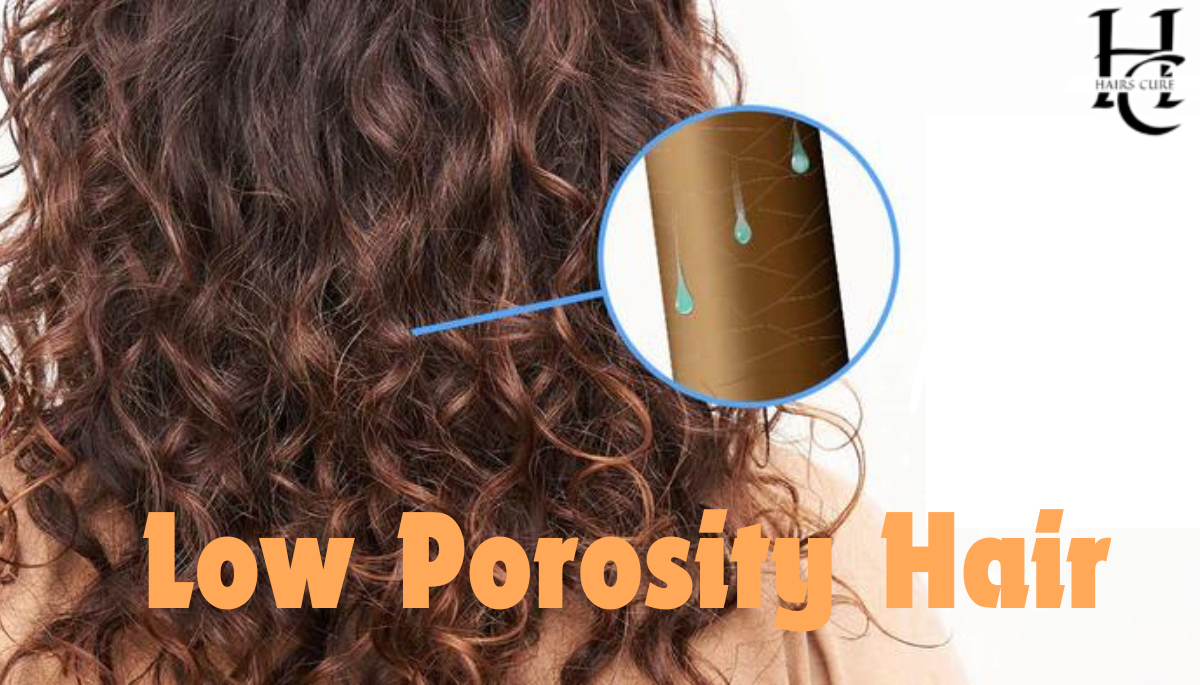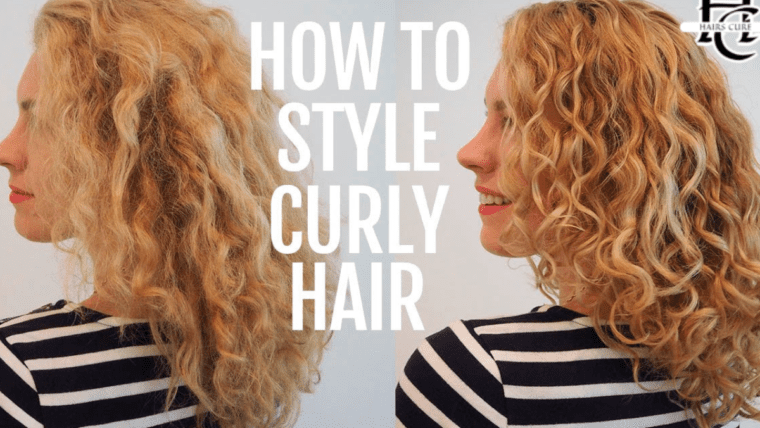Low porosity hair can be tricky to understand. It does not absorb moisture well, and the cuticles are tight and closed. Water and oils are hard to get in, making the hair dry and rough. It often takes longer to dry. This type of hair is also prone to buildup. It’s important to use light products for it.
It occurs when your hair finds it difficult to absorb moisture. Because of how closely packed the cuticles are, moisture has difficulty entering or leaving. As a result, what does low porosity hair mean for you? It means your hair can stay dry and be complicated to manage. People with this hair type face challenges with hydration. Let’s go and transform your hair game with these insider tips that will leave you amazed!
Low porosity hair has specific symptoms. Your hair might look dull and feel rough. It might take a long time to dry after washing. Products might sit on top of your hair instead of absorbing. You might notice more product buildup, too. These are all low porosity hair symptoms. Knowing these signs can help you manage your hair better.
Types of Hair Porosity

It is essential to know the types of hair permeable. There are three main types: low, medium, and high porosity. Low-porosity hair does not absorb water easily. The cuticles are tightly packed, making it hard for moisture to get in. People with low-porosity hair often have dry and rough hair.
Medium-porosity hair is balanced. It absorbs moisture well, and the cuticles are not too tight or too loose. This hair type is easy to manage, holds styles well, and stays hydrated. High-porosity hair absorbs moisture fast, but it also loses it quickly. The cuticles are loose and can have gaps. This hair type can be frizzy and prone to damage.
Characteristics of Low Porosity Hair

Low-porosity hair is unique. It does not readily absorb moisture, and the cuticles are very tight. Water and products sit on top of the hair and do not soak in well, which can make the hair feel dry and dull. It can also take a long time to dry after washing.
Low-permeable hair often feels rough and might get tangled more easily. Products can build up on the hair, making it heavy and sticky. You might see white flakes from product residue. It is important to use light products. This helps avoid buildup and keeps your hair soft.
Understanding Low Porosity Hair Symptoms
Low porosity hair means your hair has tightly packed cuticles. This makes it hard for water and oils to get in. Your hair may feel dry and rough. It might take longer to dry after washing. You could also notice products sitting on top of your hair. These are all signs of low permeable hair symptoms. Knowing these symptoms helps you care for your hair better.
Understanding what does low porosity hair mean is critical to good hair care. When hair cannot absorb moisture, it stays dry and brittle. This makes it prone to breakage and damage. Low permeable hair symptoms are often confusing, but once you know what to look for, you can manage your hair more effectively. The key is to identify these signs early and take the proper steps.
The Science Behind Low Porosity Hair Symptoms
Low porosity hair has cuticles that are close together. This tight structure blocks moisture from getting inside. Your hair stays dry because it cannot absorb water well. This is why you might see low permeable hair symptoms like dryness and roughness. When hair cannot take in moisture, it struggles to stay healthy.
The science behind low-permeable hair symptoms is simple. The cuticles, which are the outer layers of hair, are very tight. They don’t open easily to let moisture in, leading to dryness and other issues. Understanding this science can help you choose the right products and methods to care for your hair. Knowing how your hair works is the first step to solving its problems.
Identifying Low Porosity Hair Symptoms
You can spot low-permeable hair by looking for sure signs. Your hair might feel rough or look dull. It might take a long time to dry after washing. These are apparent symptoms of low-permeable hair. You may also see products sitting on your hair instead of soaking in. Recognizing these signs is critical to managing your hair.
Another way to identify low-porosity hair is to check how it reacts to water. It could be low-permeable if your hair floats on the water and takes time to sink. This happens because the tight cuticles do not let the water in quickly. These tests and signs can help you understand your hair and choose the proper care routine.
How Much The Perm Processing Time
Causes of Low Porosity Hair Symptoms
Genetic Factors
Low porosity hair often runs in families. If your parents have it, you might have it too. Genetics plays a significant role in how your hair behaves. Some people are born with low permeable hair and see symptoms early on. It is essential to understand your hair type so you can care for it properly.
Environmental Influences
Environmental factors can also cause low permeable hair symptoms. Harsh weather, like too much sun or cold, can make your hair more prone to damage. Using too many products or chemicals can also make the symptoms worse. Knowing the causes helps you avoid things that harm your hair. This way, you can keep your hair healthy and strong.
Daily Care Routine for Low Porosity Hair Symptoms
Caring for low-permeable hair requires a gentle routine. Start with a mild shampoo that does not strip your hair. Use warm water to help open the cuticles slightly, which helps your hair absorb moisture better. After shampooing, use a light conditioner to avoid weighing your hair down. Rinse thoroughly to prevent product buildup.
Regular deep conditioning is also helpful. Look for lightweight and easy-to-rinse products that nourish your hair without leaving residue. Low-permeable hair symptoms improve with the proper care routine. Being consistent with your routine is vital to seeing good results over time.
Best Products for Low Porosity Hair Symptoms
Shampoos and Conditioners
Choosing the right products is crucial for managing low-permeable hair symptoms. Look for shampoos and conditioners free from heavy oils and butter, which can damage your hair and cause buildup. Instead, opt for lightweight, water-based products that help hydrate your hair without making it greasy.
Leave-in Treatments and Oils
Leave-in treatments and oils can also be beneficial. But be sure to choose light, easily absorbed oils like argan or jojoba. These oils help to seal in moisture without clogging the hair cuticles. Using the right products regularly can make a big difference in how your hair looks and feels. Your hair will be more manageable and healthy.
Home Remedies for Low Porosity Hair Symptoms
Home remedies can be a simple and effective way to manage low permeable hair symptoms. One popular remedy is using apple cider vinegar as a rinse. It helps to balance the pH of your hair and closes the cuticles. This can make your hair smoother and shinier. Another remedy is a DIY hair mask made with honey and olive oil. This helps to add moisture and reduce dryness.
Natural oils like coconut or almond oil can also be helpful. But remember to use them sparingly. Apply a small amount to your hair, focusing on the ends. This helps to seal in moisture without making your hair heavy. Home remedies are great for caring for your hair using simple, natural ingredients. They are easy to make and can provide excellent results.
Preventing and Managing Low Porosity Hair Symptoms
Preventing low-permeable hair symptoms starts with understanding your hair type. Once you know your hair needs, you can choose the right products and routine. Avoid using too many heavy products, as they can cause buildup. Regularly clarifying your hair can help remove any residue and keep it clean.
Managing low-porosity hair symptoms also involves regular care and attention. Deep condition your hair regularly to keep it hydrated. Protect your hair from harsh weather and avoid using too much heat. These steps can help prevent damage and keep your hair looking its best. With the proper care, you can manage your low-permeable hair effectively.
FAQs
What are the signs of low porosity hair?
The signs of low porosity hair are less moisture entering and less moisture exiting hair with low permeable.
How do you fix low-porosity hair?
Try a hair steamer to fix the low-porosity hair.
What does low-porosity hair look like?
Low-porosity hair will look oily far more quickly than extremely porous, dry hair.
Is coconut oil good for low-porosity hair?
No, Low-porosity hair types typically shouldn’t use coconut oil.
Conclusion
Caring for low-porosity hair is essential. Knowing the low permeable hair symptoms and signs helps you pick the right products and routines. Understanding your hair can keep it healthy. Low-permeable hair may be tricky, but with care, it can shine. Always choose gentle methods to avoid damage.
In this article, you learned what does low porosity hair means. It means your hair has tight cuticles that block moisture. You need to identify the symptoms and use the right products to manage them. Home remedies can also help. Regular care keeps your hair soft and strong. Understanding your hair type is the first step to great hair days.




1 Comments